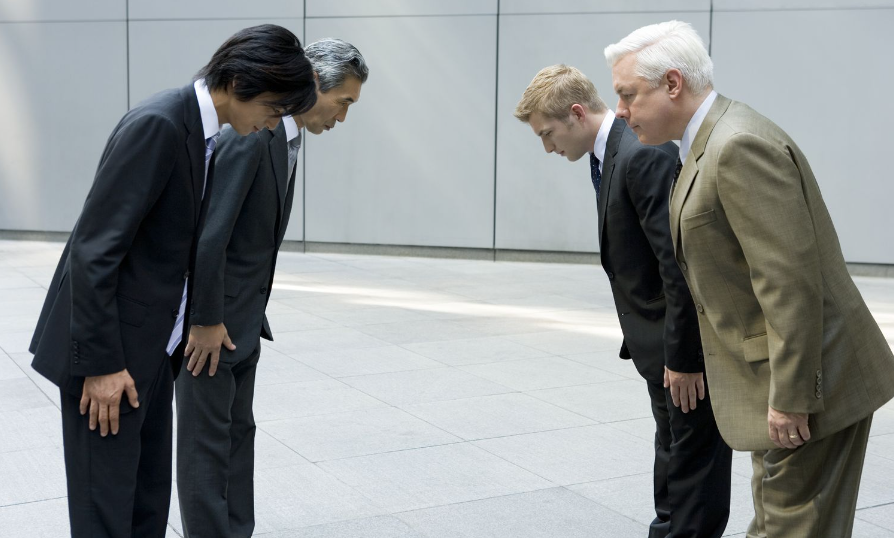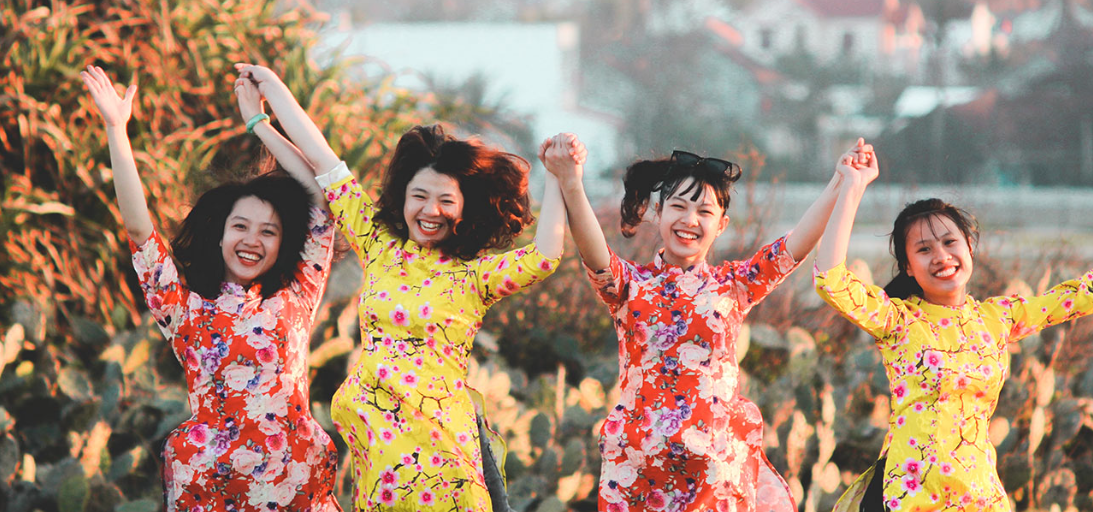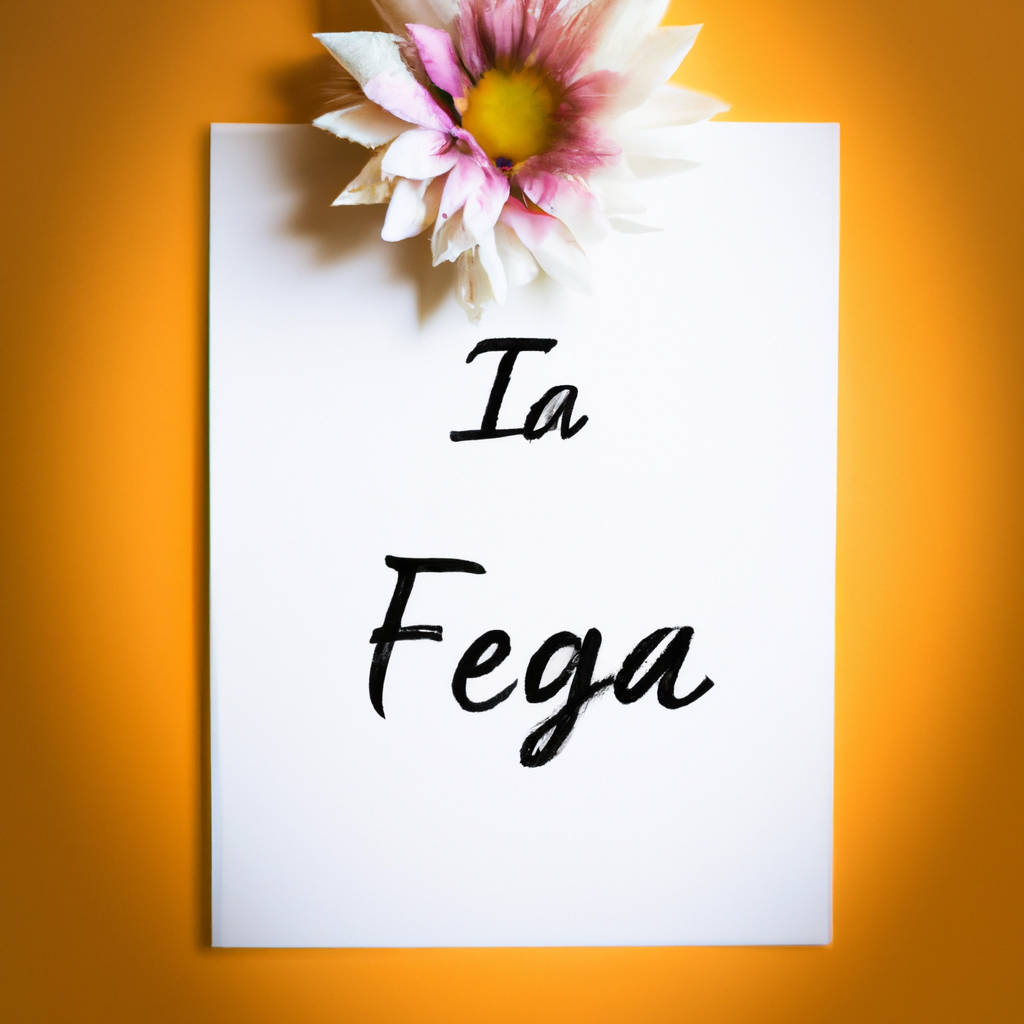Greetings in Vietnamese play an essential role in the culture and social interactions of the Vietnamese people. It is customary to greet others with a polite and respectful attitude, showing kindness and consideration towards one another. The traditional greeting in Vietnamese is “xin chào” which translates to “hello” in English. This simple phrase is used in both formal and informal situations and is a sign of politeness and friendliness.
In addition to “xin chào,” there are other common greetings such as “chào bạn” which means “hello friend” and “chào anh/chị” which is used to address someone older or of higher social status. Greetings in Vietnamese also include gestures such as bowing or nodding the head, especially when showing respect to elders or those in authority. Overall, greetings in Vietnamese are a way to show respect, build relationships, and create a sense of community among individuals.

Basic Hello
The concept of a basic hello is a fundamental aspect of social interaction. It is a simple greeting that is used to acknowledge someone’s presence and show politeness. In many cultures, saying hello is seen as a sign of respect and friendliness. It is a way to establish a connection with another person and begin a conversation. The act of saying hello can help to break the ice and make people feel more comfortable in social situations.
Whether it is a casual greeting between friends or a formal introduction in a business setting, saying hello is a universal custom that transcends language and cultural barriers. It is a small gesture that can have a big impact on how people perceive and interact with one another. By taking the time to say hello, we are showing that we value the other person’s presence and are open to engaging with them.
In a world where communication is increasingly dominated by technology, the simple act of saying hello in person can help to foster genuine connections and build relationships. So next time you encounter someone new or pass by a familiar face, don’t hesitate to offer a basic hello – you never know the positive impact it may have.
Other Greetings
In many cultures around the world, there are various greetings that are used to show respect, friendliness, and acknowledgement of another person. These greetings may differ from the traditional handshakes or verbal greetings that are commonly used in Western societies. For example, in Japan, it is customary to bow when greeting someone as a sign of respect. In some Indigenous cultures, a handshake may be replaced with a traditional greeting such as a nose rub or forehead touch.
In other parts of the world, a simple nod of the head or a smile may be considered a sufficient greeting. These diverse greetings reflect the unique customs and traditions of different cultures and serve as a way to establish connections and build relationships with others. By understanding and respecting these various greetings, we can foster a sense of inclusivity and appreciation for the diversity of customs and practices that exist around the world.
Whether it’s a handshake, a bow, or a simple nod, each greeting serves as a bridge between individuals and a way to acknowledge and honor the presence of others in our lives. By embracing and learning about these different greetings, we can expand our understanding of cultural norms and traditions and create more meaningful interactions with people from all walks of life.

Formal Greetings
Formal greetings are an important aspect of social interactions in many cultures. They serve as a way to show respect, establish a connection, and set the tone for the conversation or meeting that follows. In more formal settings, such as business meetings or official events, the way in which greetings are exchanged can convey a sense of professionalism and courtesy.
This is why it is important to be aware of the appropriate greetings for different situations and to ensure that they are delivered with sincerity and respect. In some cultures, the way in which greetings are exchanged can vary depending on the age, gender, or social status of the individuals involved. For example, in some cultures, it is customary to bow or shake hands when greeting someone, while in others, a verbal greeting or a simple nod of the head may be sufficient.
Regardless of the specific form that the greeting takes, the underlying intention is always the same: to show respect and acknowledge the presence of the other person. By paying attention to the nuances of formal greetings and by approaching them with a sense of openness and respect, we can help to create a positive and inclusive atmosphere in our interactions with others.
Informal Greetings
Informal greetings are a common way for people to greet each other in a casual or friendly manner. These greetings are often used in social situations or when meeting someone for the first time. Examples of informal greetings include “Hey there!”, “What’s up?”, or simply “Hi!”. These greetings are typically used among friends, family members, or acquaintances and are meant to create a relaxed and comfortable atmosphere. While informal greetings are not considered inappropriate, it is important to be mindful of the context in which they are used.
For example, using a very casual greeting with someone you have just met in a professional setting may come across as disrespectful or unprofessional. Overall, informal greetings can help to establish a connection with others and make interactions more enjoyable and lighthearted. It is important to consider the relationship you have with the person you are greeting and choose an appropriate greeting that reflects the level of familiarity between you.
Additionally, being aware of cultural differences in greetings can also help ensure that your greetings are well-received. In many cultures, greetings are an important part of social interaction and can vary widely in formality and meaning. By using informal greetings appropriately and respectfully, you can help to create a positive and friendly atmosphere in your interactions with others.

Greetings for Different Times of the Day
Greetings for different times of the day are a common social practice that helps to establish connections and show respect for others. In the morning, it is customary to say “good morning” as a way to wish someone a pleasant start to their day. This simple greeting can set a positive tone for the rest of the day and show that you care about the well-being of the person you are speaking to.
As the day progresses, the greeting may change to “good afternoon” or simply “hello” as a more general way to acknowledge someone’s presence. These greetings are a way to show courtesy and acknowledge the time of day, helping to create a sense of community and shared experience. In the evening, it is common to say “good evening” as a way to wish someone a peaceful and relaxing end to their day. This greeting can help to create a sense of closure and signal the transition to a more restful time.
Overall, greetings for different times of the day are an important social convention that helps to foster connections and show respect for others. By taking the time to acknowledge the time of day and offer a friendly greeting, you can create a positive interaction and show that you value the person you are speaking to. So next time you see someone, take a moment to offer a kind greeting based on the time of day – it can make a world of difference in how you are perceived and how your interactions unfold.
Greetings for Different Occasions
Greetings for different occasions are an important part of social interaction and can vary greatly depending on the context. For example, when meeting someone for the first time, a simple “hello” or “nice to meet you” is appropriate. However, when attending a formal event or business meeting, a more formal greeting such as “good morning” or “good afternoon” may be more suitable.
On the other hand, when celebrating a birthday or holiday, a more personal and heartfelt greeting such as “happy birthday” or “Merry Christmas” is appropriate. It is important to consider the cultural norms and traditions of the occasion when choosing the right greeting. In some cultures, it is customary to greet someone with a kiss on the cheek or a hug, while in others a handshake or bow may be more appropriate. Ultimately, greetings are a way to show respect and acknowledgment of the other person, and choosing the right greeting for the occasion can help to set a positive tone for the interaction.

Casual Greetings
Casual greetings are an essential part of daily interactions in society. These simple gestures serve as a way to acknowledge someone’s presence or to establish a connection with them. People often use casual greetings such as “hello,” “hi,” or “hey” to initiate a conversation or to show politeness. These greetings are typically informal and are used in various social settings, including at work, school, or when meeting someone for the first time.
Casual greetings can help break the ice and create a friendly and welcoming atmosphere. In some cultures, casual greetings are considered a sign of respect and are expected in social interactions. They can also help build relationships and strengthen bonds between individuals.
Overall, casual greetings play a significant role in communication and are a common practice in everyday life. Whether it’s a simple nod of the head or a quick “how’s it going?” casual greetings are a way to acknowledge others and show that you are open to engaging with them. So next time you see someone, don’t forget to offer a friendly greeting – it can go a long way in making someone feel seen and valued.
